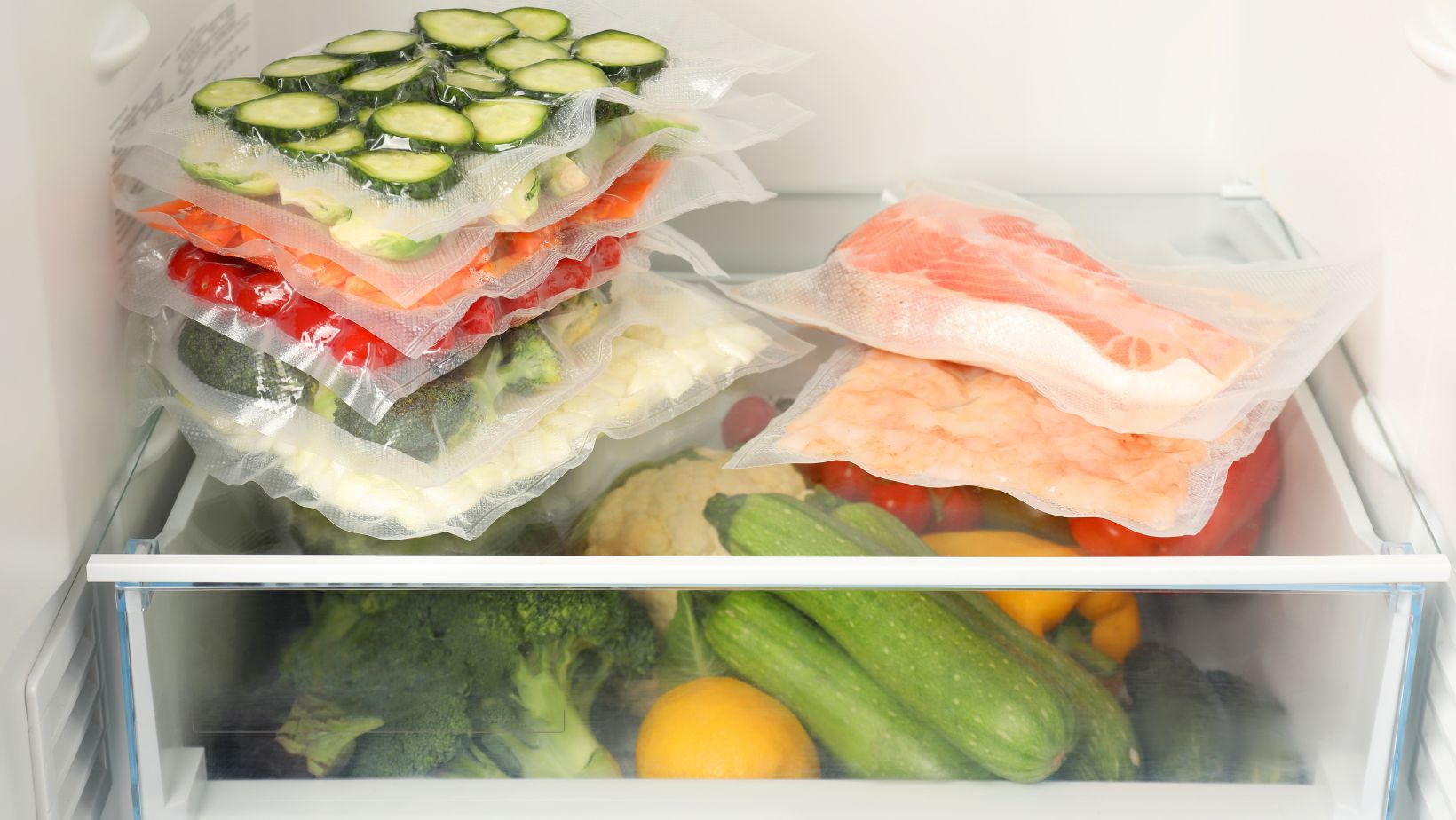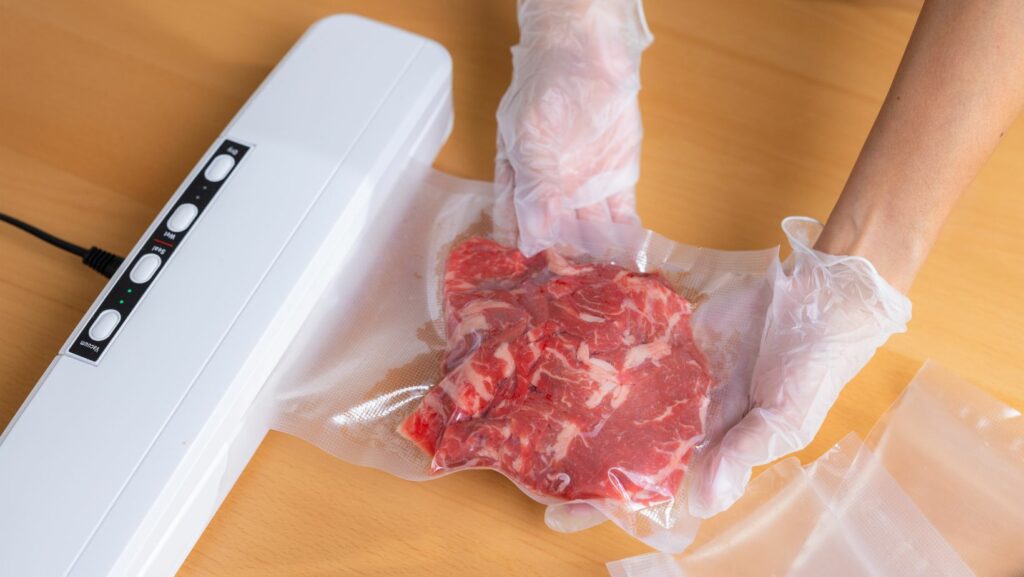Contents
Table of Contents
ToggleHow to Use Foodsaver Vacuum Sealer
Are you looking for essential tips on how to properly handle and store your food? Wondering about the benefits of using a Foodsaver vacuum sealer? Look no further! In this article, I’ll share some valuable insights and practical advice on how to make the most out of your Foodsaver vacuum sealer to ensure optimal food preservation.
Properly handling and storing food is crucial for maintaining its freshness, flavor, and nutritional value. One of the most effective tools for achieving this is a Foodsaver vacuum sealer. By removing air from the packaging, it creates an airtight seal that helps prevent spoilage and freezer burn. But to truly harness the power of this handy device, there are a few essential tips you need to know.
Firstly, always ensure that your food is properly prepared before sealing it with the Foodsaver vacuum sealer. This means cleaning and trimming any excess fat or gristle from meat, washing fruits and vegetables thoroughly, and allowing hot foods to cool down before packaging them. Additionally, be mindful of portion sizes as overfilling bags can compromise the sealing process.
Secondly, remember to label each package with the contents and date before storing them in your freezer or pantry. This will help you keep track of what you have on hand and ensure that older items are used first. Proper labeling also prevents any confusion when retrieving items later on.
Lastly, when using the Foodsaver vacuum sealer, be sure to follow the manufacturer’s instructions carefully. Different models may have specific features or settings that optimize performance. By understanding how to use your vacuum sealer correctly, you can maximize its efficiency in preserving your food.
Now that we’ve covered these essential tips for handling and storing your food with a Foodsaver vacuum sealer let’s dive deeper into each aspect so you can become an expert at prolonging the shelf life of your favorite ingredients!

Proper Handling of Food: Why It Matters
When it comes to ensuring the safety and freshness of your food, proper handling is essential. By following a few simple guidelines, you can minimize the risk of contamination and prolong the shelf life of your groceries. In this section, I’ll explain why proper food handling matters and share some valuable tips to help you maintain the quality of your food.
Importance of Proper Food Handling
- Food Safety: Improper handling can lead to foodborne illnesses caused by bacteria, viruses, or parasites. These illnesses can range from mild stomach discomfort to severe complications requiring medical attention.
- Preserving Nutrients: Correctly handling and storing food helps retain its nutritional value. Exposure to air, light, and improper temperatures can result in nutrient loss over time.
- Preventing Waste: Poor handling practices may cause premature spoilage or contamination, leading to unnecessary wastage of food and money.
Tips for Proper Food Handling
To ensure that you handle your food properly and keep it safe for consumption, consider these practical tips:
- Cleanliness is Key: Wash your hands thoroughly with soap before preparing or eating any meal. Clean all utensils, cutting boards, and surfaces that come into contact with raw ingredients.
- Separate Raw and Cooked Foods: Avoid cross-contamination by using separate cutting boards for raw meat and produce. Store raw meats separately from cooked items in the refrigerator.
- Proper Storage Temperatures: Keep perishable foods like meat, dairy products, and leftovers refrigerated at temperatures below 40°F (4°C). Freezers should be set below 0°F (-18°C) for long-term storage.
- Labeling and Dating: Use labels or markers to indicate the date when you store leftovers or open packages in the refrigerator or freezer.
- Using a Vacuum Sealer: Invest in a Foodsaver Vacuum Sealer to extend the shelf life of your food. This handy device removes air from the packaging, preventing spoilage and freezer burn.
Remember, proper handling and storage practices can significantly impact the quality and safety of your food. By implementing these tips, you’ll not only reduce the risk of foodborne illnesses but also enjoy fresher and more nutritious meals.

